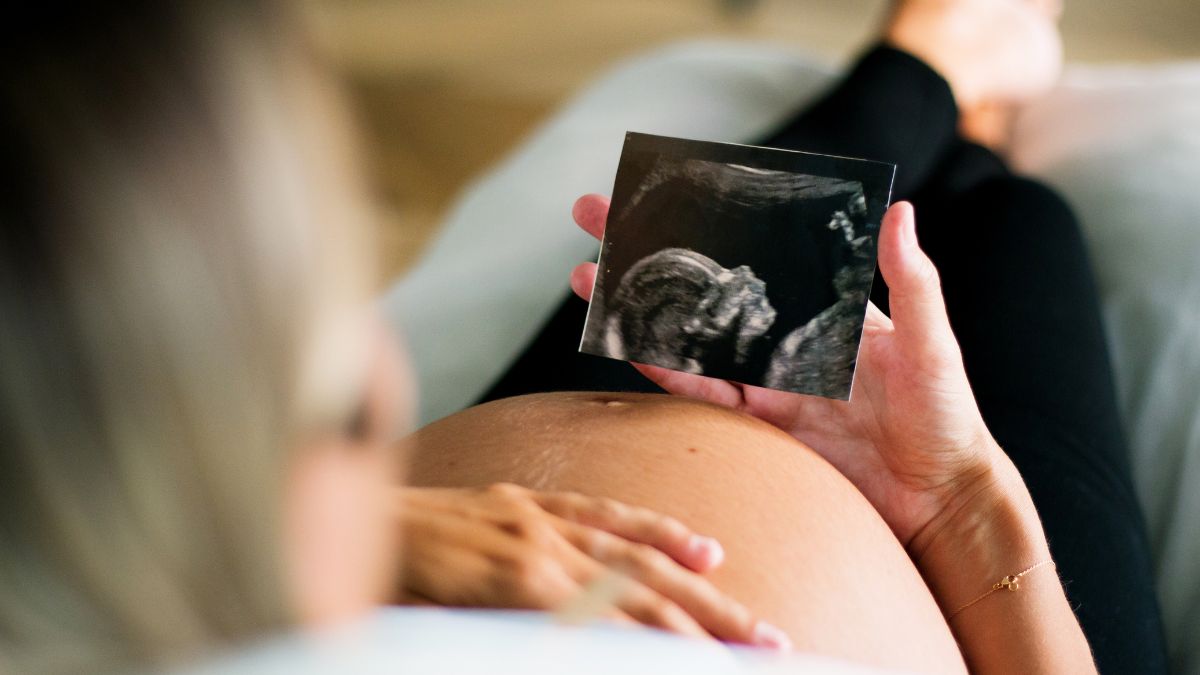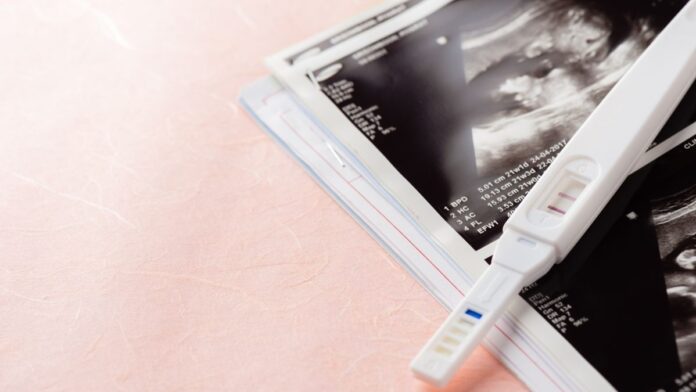Discover if finding a brown mucus plug after membrane sweep is normal and what to expect. Uncover insights on this common occurrence, ensuring you’re well-prepared for the post-membrane sweep experience with mucusplug.net!
Is it normal to have brown mucus plug after membrane sweep?

Is it considered within the realm of typical experiences to observe the expulsion of a brown mucus plug subsequent to undergoing a membrane sweep during pregnancy? It is not uncommon for individuals to encounter a phenomenon where a small amount of bleeding, referred to as spotting, occurs for a duration of up to three days following the procedure.
This particular bleeding may manifest in various hues such as reddish, pink, or brown, and it often intertwines with the presence of mucus. The combination of spotting and a sensation of mild cramping post-membrane sweep is generally regarded as a normal occurrence within the context of the physiological changes associated with pregnancy.
>Related post: Pregnancy stretch mark tattoo cover up: How? How much? Where?
Is brown mucus plug signs of labor?

The presence of a brown mucus plug can indeed be an indication that your body is preparing for labor. When you notice a discharge that is tinged with brown or even slightly bloody, it suggests that your cervix has started to dilate in anticipation of childbirth. The mucus plug, which has been sealing off your cervix throughout the course of your pregnancy to protect it from bacteria, may now be coming away.
This occurrence is often considered a positive sign that your body is progressing toward labor. However, it’s important to note that the onset of active labor may not be immediate; in fact, it could still be a matter of days before contractions intensify and true labor begins. The brown mucus discharge is just one of the early signals that your body is gearing up for the impending birthing process.
>Related post: Are premier protein shakes safe during pregnancy?
What does discharge look like after membrane sweep?

Following a membrane sweep, it is common to observe changes in vaginal discharge that can provide insights into the body’s response to the procedure. In the days immediately following a membrane sweep, individuals may notice a slight increase in vaginal discharge, often accompanied by mild spotting.
This spotting is characterized by a small amount of blood that may appear on underwear. The color of the blood can vary, ranging from a bright red hue to a pink or brownish tint. It’s not uncommon for the blood to be intermingled with yellowish or clear mucus, further contributing to the diverse appearance of the discharge.
These changes are generally considered normal post-sweep effects. The presence of spotting is indicative of the disruption caused by the membrane sweep, while the combination with mucus suggests the body’s natural response to the procedure. Additionally, mild cramping may accompany the spotting, which is also within the spectrum of expected post-membrane sweep experiences.
Overall, the variations in discharge color and consistency are part of the body’s adjustment process and are generally not a cause for concern. However, if there are persistent or concerning changes, it is advisable to consult with a healthcare professional for personalized guidance and reassurance.
What are good signs after a membrane sweep?

After undergoing a membrane sweep, it is important to be aware of various positive indicators that suggest the procedure has been effective. One notable sign to observe is the intensification and regularity of contractions. Successful membrane sweeping often stimulates the uterus, causing contractions to become more robust and occurring at more predictable intervals. These contractions play a crucial role in initiating the process of labor.
Additionally, some women may experience a noticeable increase in pelvic pressure or discomfort following a membrane sweep, which can be indicative of the procedure’s efficacy. It’s essential to communicate closely with your healthcare provider, who will guide you through the potential positive signs and address any concerns or questions you may have. Monitoring these signals and maintaining open communication with your healthcare team can contribute to a better understanding of the progress and success of the membrane sweep.
>Related post: Is Bloom Nutrition Greens safe for pregnancy?
Can a failed sweep still bring on labour?

If the initial attempt at a membrane sweep, also known as a cervical sweep, proves unsuccessful in initiating labor, it doesn’t automatically mean that induction becomes an immediate necessity. The decision to proceed with induction depends on various factors and is not hastily made. In such cases, your healthcare provider might propose a second or, in some instances, even a third sweep.
These subsequent attempts are typically scheduled with a 48-hour gap between them. This spacing allows time for your body to potentially respond to the procedure and for the cervix to undergo any necessary changes gradually. The decision to perform additional sweeps is usually influenced by factors such as the current state of your cervix, the overall progress of your pregnancy, and other relevant health considerations. It’s important to maintain open communication with your healthcare team to discuss the best course of action based on your individual circumstances.
How common is it to go into labor after a membrane sweep?

Exploring the frequency of labor onset subsequent to a membrane sweep, the procedure wherein a healthcare provider gently separates the amniotic membrane from the uterine cervix during a pelvic examination, warrants a comprehensive examination. The study in question sought to meticulously assess the efficacy and safety of membrane sweeping as a method for inducing labor in women experiencing post-term pregnancies.
In this investigation, the focus was on understanding the likelihood of labor initiation following the procedure. The outcomes revealed a noteworthy success rate, with 86.4% of women undergoing membrane sweeping progressing to vaginal delivery. This finding aligns with and substantiates the results observed in prior studies, suggesting a consistent trend in the favorable impact of membrane sweeping on facilitating the onset of labor. This information contributes to our understanding of the procedure’s reliability in promoting vaginal delivery among women with post-term pregnancies, highlighting its potential as a viable and relatively safe option for labor induction.
>Related post: How much mucus is in a mucus plug?
In conclusion, encountering a brown mucus plug after membrane sweep is a typical occurrence. Understanding the normalcy of this can provide reassurance, allowing individuals to navigate the post-sweep phase with confidence and informed expectations.

